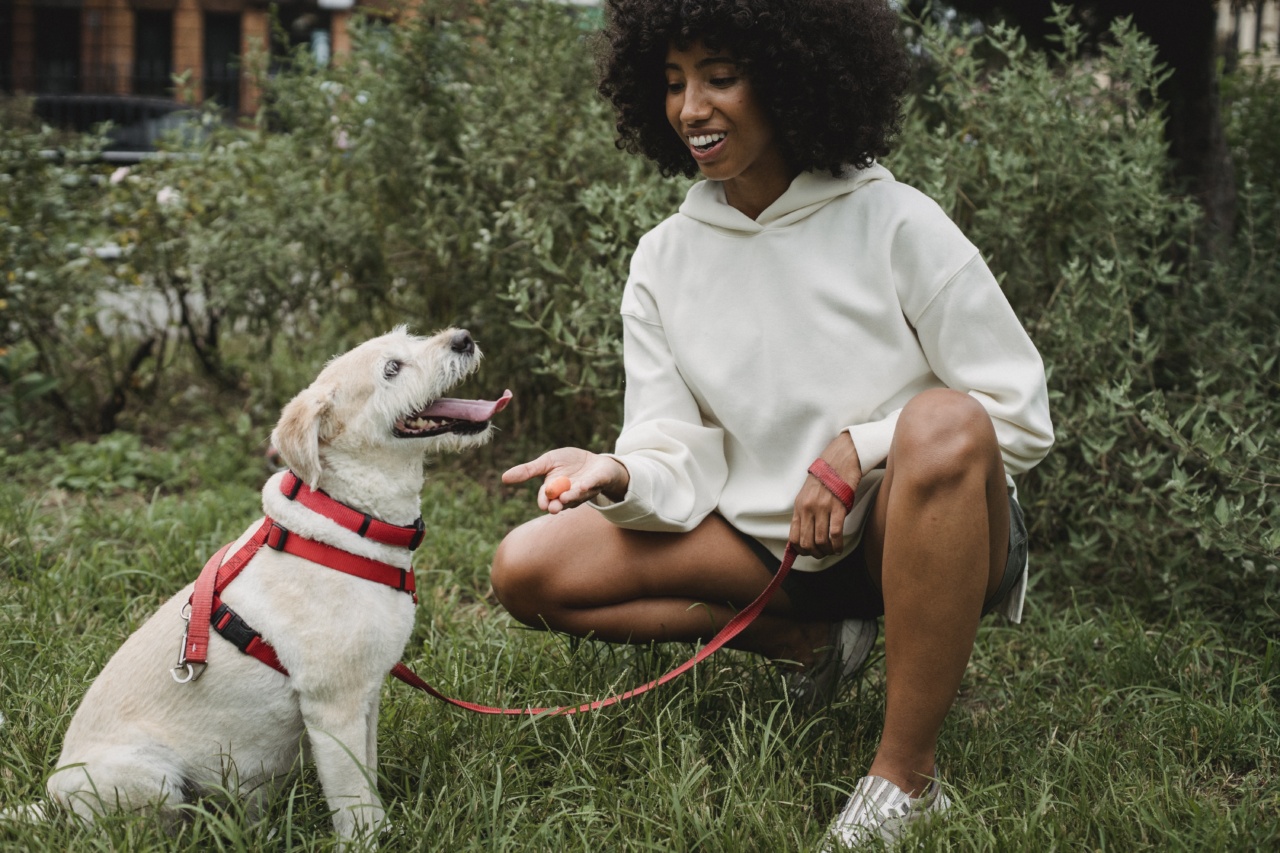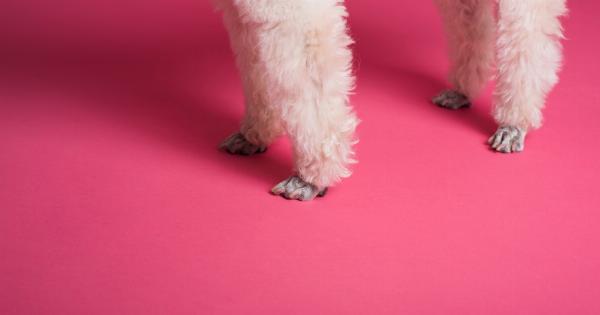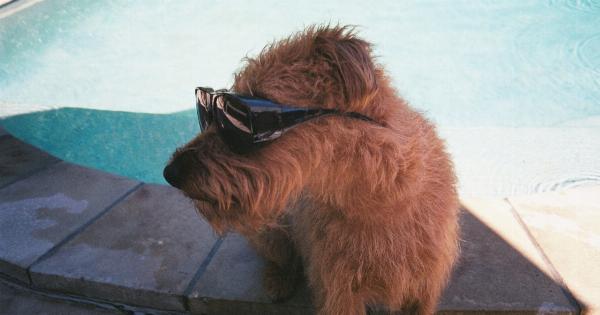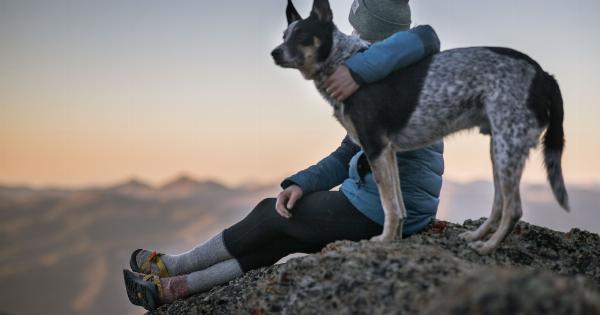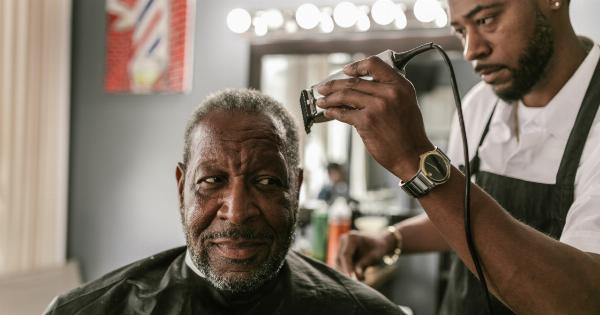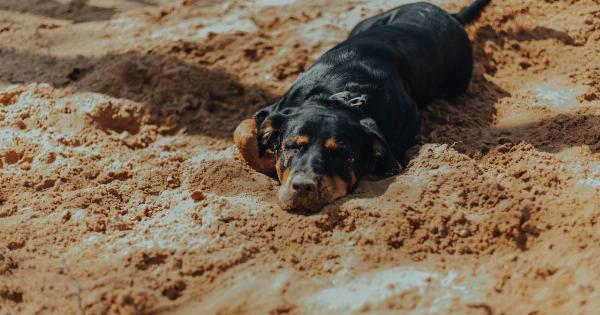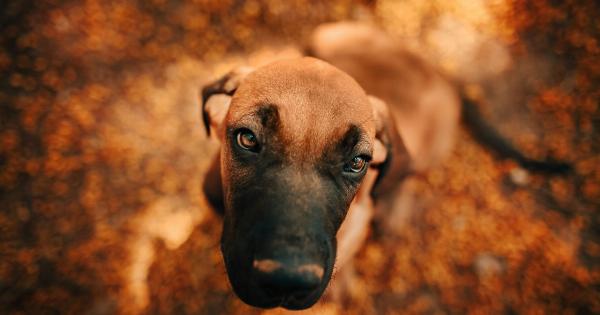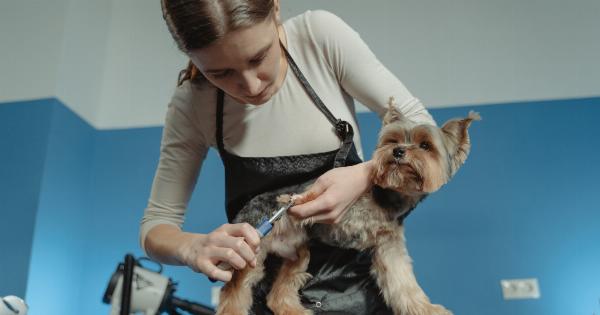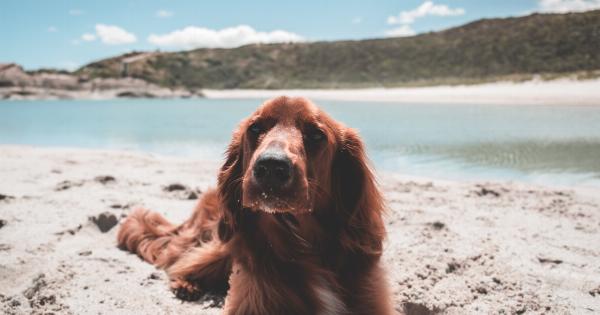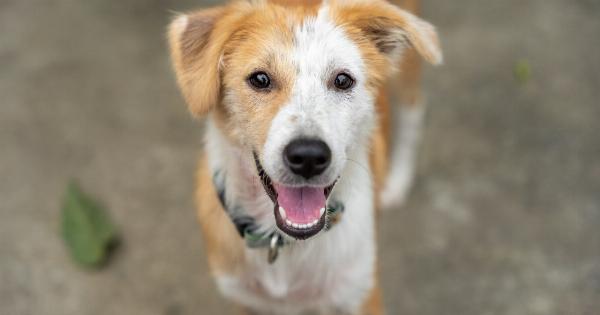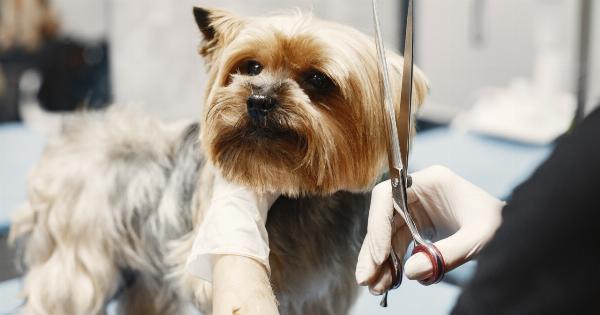As the summer heat intensifies, many pet owners wonder whether it is necessary or even advisable to give their dogs a haircut to help them stay cool.
While it may seem like a logical solution, there are several factors to consider before picking up those grooming shears. This article aims to explore the pros and cons of giving your dog a haircut in the summer, and provide guidance on how to ensure your furry friend remains comfortable during the hot months.
Understanding a dog’s coat
Dogs’ coats are not just a fashion statement but serve important purposes in keeping them cool in the summer and warm in the winter. A dog’s coat acts as insulation against external temperatures and helps regulate their body heat.
It protects their skin from the sun’s harmful rays and prevents sunburn. Additionally, a dog’s fur helps to keep them cool by trapping air close to their bodies, providing a natural cooling effect.
Benefits of a summer haircut
While a dog’s coat holds many advantages, there are situations where a summer haircut can be beneficial:.
1. Cooling effect
Shaving a dog’s fur can help them stay cooler in hot weather since it removes a layer of insulation. However, it is essential to remember that not all breeds benefit from this, and some may even face adverse effects without their fur.
2. Easy maintenance
Shorter hair can be easier to maintain during the summer months. It reduces the risk of matting and tangling, which can be more common in dogs with longer coats. Regular brushing becomes more manageable, leading to a more comfortable grooming routine.
3. Improved hygiene
Shorter fur can help keep dogs cleaner by reducing the chances of mud, dirt, and debris getting tangled or trapped in their coat during outdoor activities.
This can also prevent the development of skin irritations or infections caused by unclean fur or dampness.
Potential drawbacks of giving your dog a haircut
While there are benefits to giving your dog a summer haircut, it is essential to consider the potential drawbacks before proceeding:.
1. Sunburn and skin damage
Exposing a dog’s skin to direct sunlight without the protective layer of fur can increase their risk of sunburn. This is particularly true for dogs with light-colored or thin coats.
Applying dog-safe sunscreen can help protect their skin, but this may need to be reapplied frequently.
2. Insect bites and allergies
Longer fur can act as a natural barrier against insect bites and allergies. Removing a dog’s coat may make them more susceptible to flea and tick infestations or allergens present in the environment.
Taking preventative measures such as using appropriate insect repellents becomes crucial in these situations.
3. Regulating body temperature
A dog’s coat also acts as insulation in colder climates, providing warmth and protection.
Shaving a double-coated dog, such as a Siberian Husky or a Golden Retriever, can interfere with their natural ability to regulate body temperature, both in hot and cold weather conditions.
Best practices for summer grooming
While a complete shave may not be suitable for every dog, there are some best practices to consider when grooming your pet during the summer:.
1. Consult a professional
Seek advice from a professional groomer or a veterinarian regarding the best grooming practices for your specific dog breed.
They can guide you on the appropriate length to trim your dog’s coat and provide recommendations tailored to their individual needs.
2. Regular brushing
Regular brushing helps remove loose hair, tangles, and ensures that air can circulate through the coat, aiding in temperature regulation. It also promotes a healthy and shiny coat, reducing the need for excessive trimming or shaving.
3. Provide shade and fresh water
Regardless of whether your dog has a haircut or not, it is essential to provide ample shade and fresh water for them to stay cool during the summer months. This will help prevent overheating and maintain their comfort even with a full, intact coat.
Conclusion
Deciding on giving your dog a summer haircut requires careful consideration of several factors. While some breeds benefit from a trim in the heat, others may face potential risks.
Consulting with a professional is crucial to ensure the best decision for your dog’s breed, coat type, and individual needs. Remember that proper grooming, regular brushing, shade, and hydration are equally important for your pet’s comfort during the summer months.
